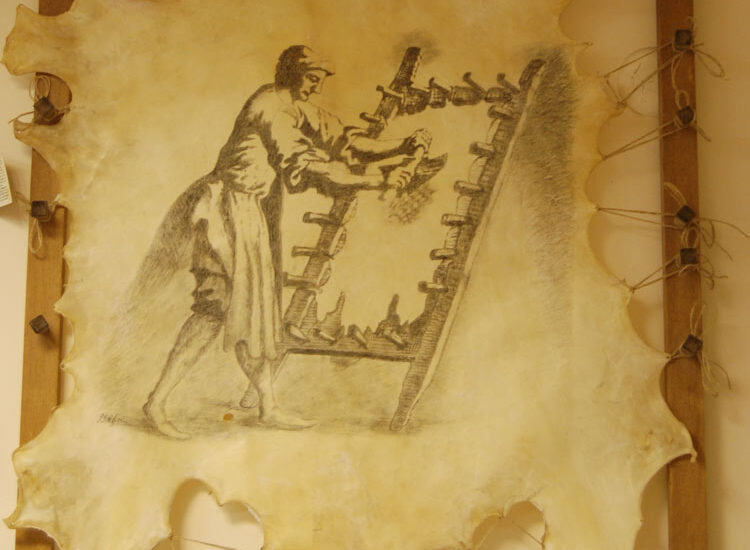
A 2200-Year-Old Legacy: The Pergamon Parchment Still Lives On Today
Pergamon is not only one of the ancient world’s great centers of science and culture—it’s also the birthplace of a unique invention that spread across the globe: parchment. Invented 2200 years ago, this craft has survived through the centuries and is still being kept alive today, thanks to devoted artisans like Meltem and Sinan Demirel.
Born from Crisis: The Story of Parchment
In the 2nd century BC, Egypt cut off the export of papyrus, prompting the Kingdom of Pergamon to create an alternative writing surface. Made from goat and sheep skins, parchment was a revolutionary innovation thanks to its durability and the ability to write on both sides. Known in Latin as Charta Pergamena (“Paper of Pergamon“), it quickly spread throughout the ancient world.
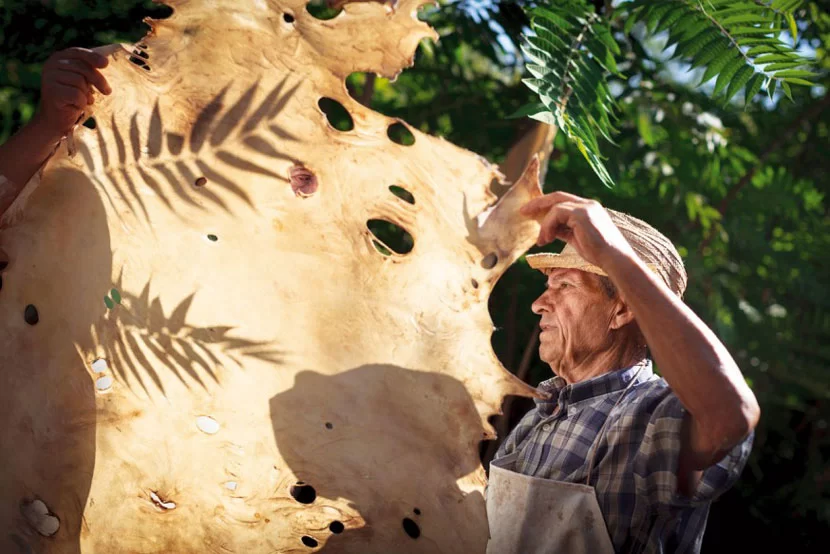
A Craft Shaped by Hand and Patience
The production of parchment is entirely manual. The skins are soaked in lime, cleaned of hair, thinned, stretched, and dried using traditional methods. The entire process takes about a month and requires great skill and patience. The result is a flexible, long-lasting, and fire-resistant writing material.
A Living Tradition in an Attic Workshop
Today, this historical craft survives in Pergamon, carried on by only a few skilled artisans. Among them, Meltem and Sinan Demirel continue parchment production in a workshop set up in the attic of their home. With passion and dedication, they not only produce parchment using ancient methods but also work tirelessly to pass this tradition on to future generations.
📣 Our WhatsApp channel is now LIVE! Stay up-to-date with the latest news and updates, just click here to follow us on WhatsApp and never miss a thing!!
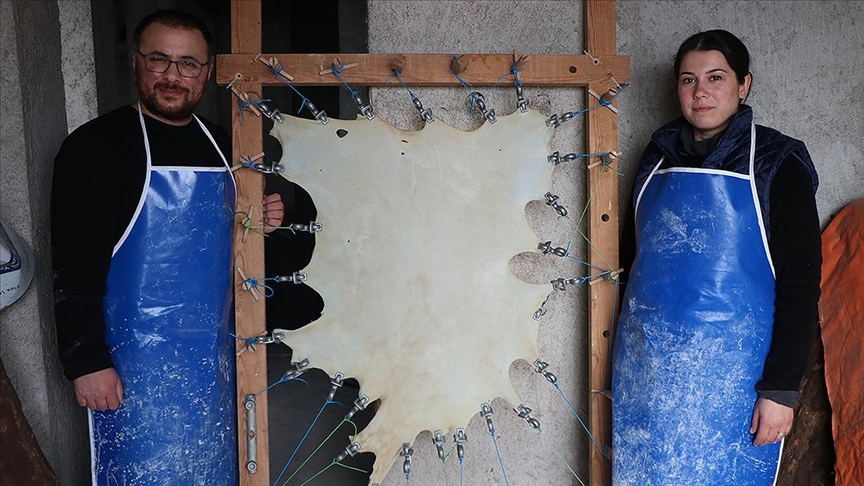
Registered and Recognized: Geographical Indication and UNESCO Efforts
In 2021, the Pergamon Parchment was granted Geographical Indication status by the Turkish Patent and Trademark Office, officially recognizing and protecting its authenticity.
Furthermore, as part of the “Brand City Pergamon” initiative led by the District Governorate of Bergama, the parchment and other local crafts are now in the process of being included in the UNESCO Intangible Cultural Heritage List—a significant step for global recognition.
How Is Parchment Used Today?
Parchment is still valued today in calligraphy, Islamic arts, miniature painting, and manuscript reproduction. It’s also used in decorative arts and souvenirs, maintaining both cultural and economic relevance.
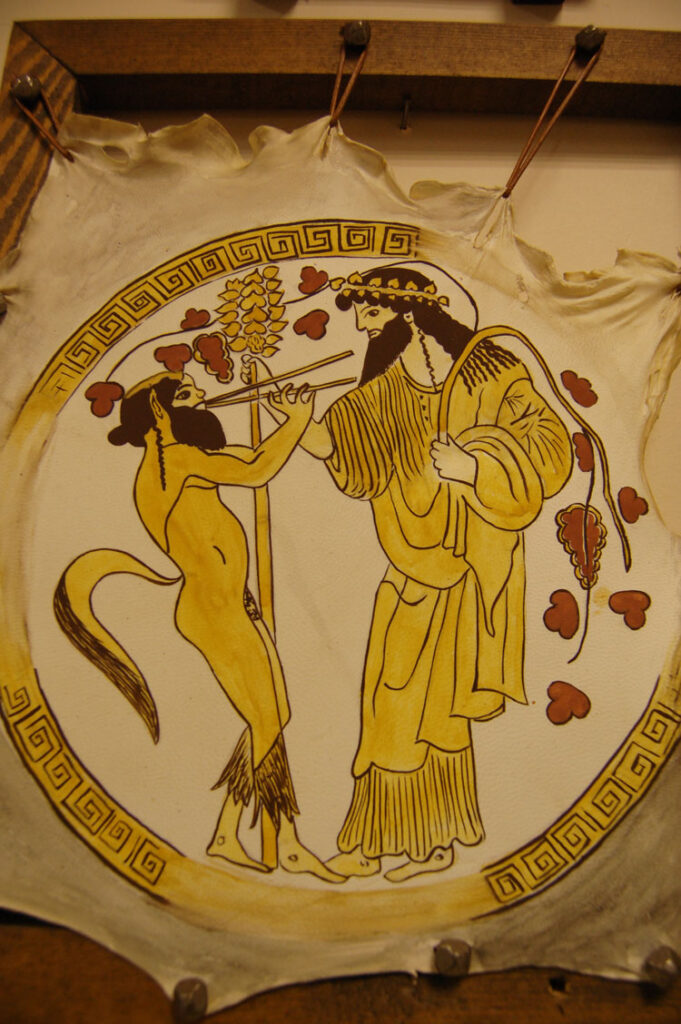
Conclusion: A Living Cultural Heritage
The Pergamon Parchment is more than a writing material—it’s a symbol of craftsmanship, culture, and resilience. Thanks to artisans like Meltem and Sinan Demirel, this ancient tradition continues to live on, even after 2200 years.
With its UNESCO application and geographical indication, the Pergamon Parchment is not just a local treasure, but a strong candidate for global cultural heritage.
Cover Image: Izmir culture and tourism magazine
You may also like
- A 1700-year-old statue of Pan unearthed during the excavations at Polyeuktos in İstanbul
- The granary was found in the ancient city of Sebaste, founded by the first Roman emperor Augustus
- Donalar Kale Kapı Rock Tomb or Donalar Rock Tomb
- Theater emerges as works continue in ancient city of Perinthos
- Urartian King Argishti’s bronze shield revealed the name of an unknown country
- The religious center of Lycia, the ancient city of Letoon
- Who were the Luwians?
- A new study brings a fresh perspective on the Anatolian origin of the Indo-European languages
- Perhaps the oldest thermal treatment center in the world, which has been in continuous use for 2000 years -Basilica Therma Roman Bath or King’s Daughter-
- The largest synagogue of the ancient world, located in the ancient city of Sardis, is being restored

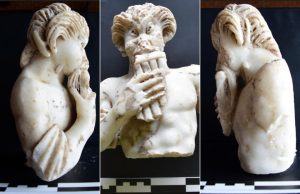
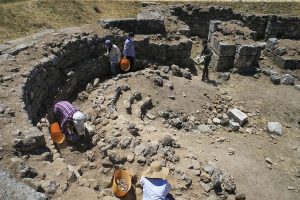




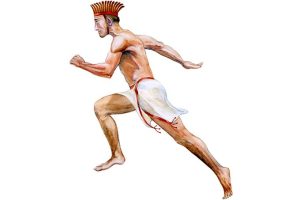

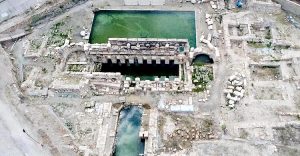
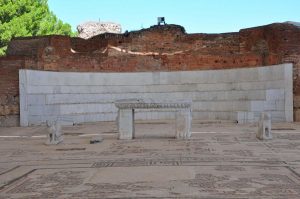
Leave a Reply